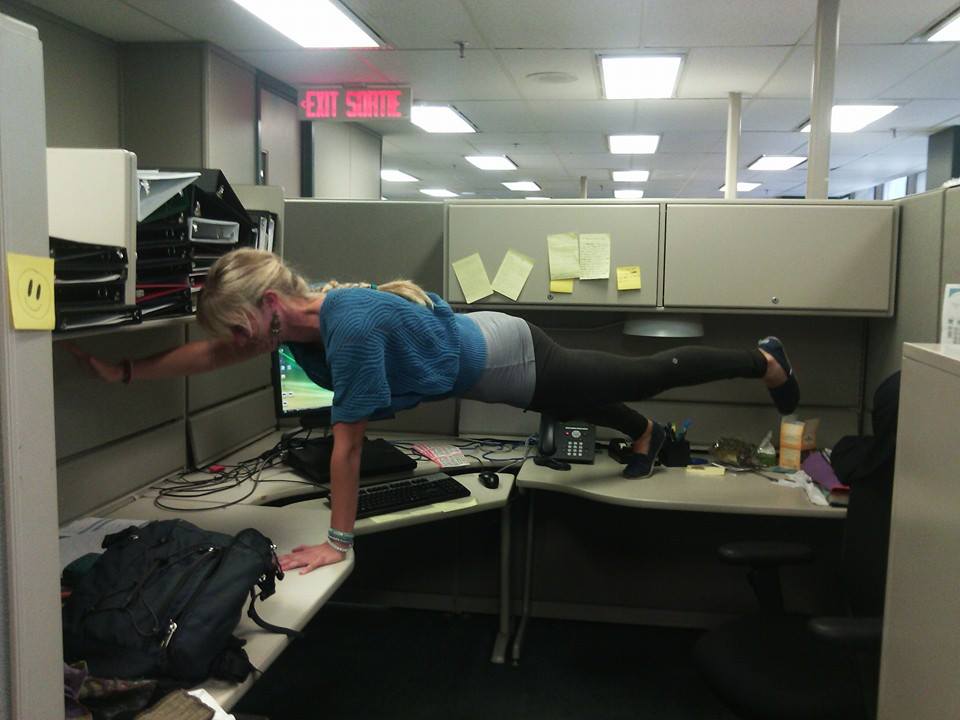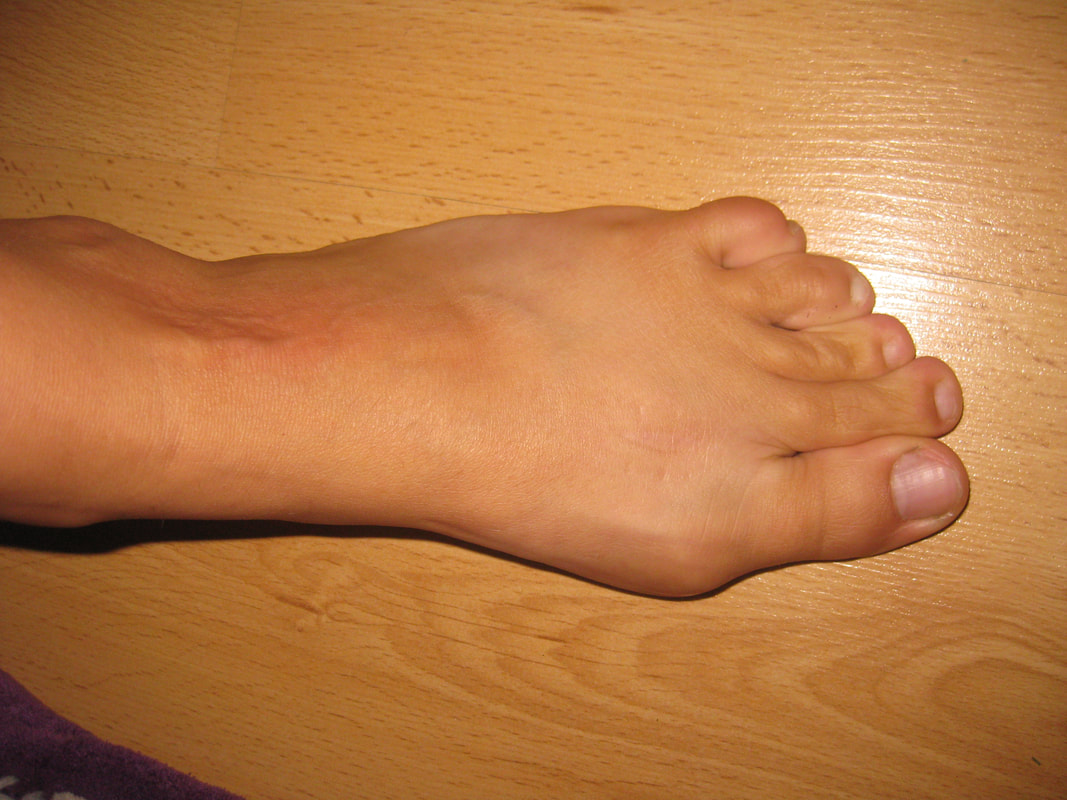|
The five principals of Rolfing are the basis of our sessions. It is what we as Rolfers™ are taught to assess and impact through our sessions with our clients. Whenever you come for a session, be it a session in the 10 series or a random "tune-up" session, I am assessing what I need to do based on these 5 Principles:
1) Wholism. This is the "meta principle" as it governs all of the others. Basically, this principle is all about seeing you as a whole person and seeing patterns of structure and function and the implications that those have for you. 2) Adaptability. At the functional level of a session, this is about your pattern recognition. What is available for change? It is also about freedom of motion between joints and fascial planes. In order to influence change, we must work within the current degree of adaptability. 3) Palintonicity. This principle involves the unity inherent within opposition. What does this mean? Structurally, the relationship between opposites is what gives us dimension. Because there is space and pull between muscles, bones, etc. we have our shape. If there was no palintonicity, we would be blobs. Functionally, this principle includes the capacity for multi-directional relationship with the environment (i.e. how you interact with the world). 4) Support. This is about your ability to to receive support from the environment, the earth, your own legs, feet, and spine. Do you have adequate support for change to occur. Support and Adaptability, are two sides of the same coin. You need both to be able to integrate and affect lasting change and integration of the work. 5) Closure. Each session has a beginning, a middle, and an end. My goal with any session is that the process ends in a way that empowers you and fosters embodiment of the work. I ask myself, "is the a place where you can integrate the work without further intervention?"
0 Comments
The most important thing you can do to help keep your body (and mind) happy and healthy at work is to move. Obviously, you don't have to go to the extreme as pictured above (I was always a little more... daring than most in the office), but doing some stretches, or taking a walk around the office is a good start. Click the link below to read an excellent article on how to incorporate some more movement into your daily routine. I did most of those things while I was working for the government, and it really helped! Read all the way to the end (or skip to the end if you must) there is an example schedule that you can use to program your own movement into your day. Sit-Stand desks are also helpful, as they allow you to transition between sitting and standing while working. Our bodies are meant to move and staying in any one position for hours at a time is not great.
The second part of keeping a healthy, happy body at work is making sure that you are sitting (or standing) properly, with good alignment. For those of you who have had sessions with me, this will be a refresher: 1) Sitting: your knees should be a little lower than your hips. At the most they are the same height. This is to help ensure that your pelvis is the the neutral position, making it easier to sit up tall. Standing: have your weight balanced evenly between your two legs, and spread equally out over the "triangle" of the foot. This is the ball of the foot, so think big toe to little toe, and through to the heel. Notice if you feel clenching in knees, glutes, or abs. If you do, something is out of balance 2) Make sure your computer screen is at a comfortable height, so you aren't straining to look up, or down, or forward to see. What are bunions exactly?
Basically, a bunion is a misalignment of the joint at the base of the big toe, where the big toe (Hallux) meets the foot (the metatarsophalangeal joint). This misalignment can cause inflammation, redness, tenderness, and pain. It can also cause additional bone formation. It is a progressive deformity, meaning that it can get worse over time. What causes bunions? There are many factors that can contribute to bunions: abnormal foot function and mechanics (such as over pronation - a common cause of bunions in children, abnormal anatomy of the MTP joint, and genetic factors). Abnormal biomechanics can lead to joint and muscle imbalance and instability in the joints, thus causing a bunion. Tight-fitting shoes, especially those with narrow toes and/or high heels, can exacerbate the condition and increase the pain associated with it. What can you do about them? A) Try getting some shoes with a wider toe bed and very little, or no, heel rise (minimalist or barefoot shoes, for example). You want space to wiggle your toes. This doesn’t mean you have to throw out all your nice kicks, just use your heels and narrow-toed shoes for special occasions and not as your everyday footwear. B) Stretch and manipulate your toes, feet, and calves. Keep your feet functional and limber. There are many different things that you can do, so I will just outline a few here:
C) You can also buy toe spacers (such as “Correct Toes” and “Yoga Toes”). Some can be worn in your shoes, and others are to be worn for a brief period while barefoot. A few minutes a day can really make a difference. Even if you don’t have a bunion, these tricks are good for everyone: we all need to show our feet a little more love - they work so hard for us every day! Hello. I thought I'd start off this blog with the story of how and why I became a Rolfer™. I touch on it very briefly on the "About Stephanie" page, but I thought I'd go into more detail. It all starts way back when I was a little girl... Bunions. People tend to think of them as things that older people have, and that they are a result of wearing too tight and pointy shoes. This is true, BUT they can also happen when you are very young. Bunions can actually form because of structural imbalances and how you walk. If I only knew then what I know now... I have basically had a bunion for as long as I remember. As soon as I started walking pretty much. I used to have them on both feet, but over the years my right foot corrected itself, and the left did too, to an extent, but it was still very noticeable. I remember seeing a specialist when I was about 6 years old, and I remember him saying to my mum, that in my case surgery wasn't a matter of "if" it was "when." So, I basically grew up "knowing" that I would need surgery to fix my foot. Fast forward 20 years and I was now seriously contemplating surgery. I was in pain. I was no longer able to run. Hiking was giving me issues. I had trouble in some yoga poses (particularly the toe squat), and my toe just ached in the cold Ottawa winters. So, I went to my doctor and got a referral to a surgeon. I didn't end up seeing the one I wanted, but that is another story... February 2011 I had the bunionectomy on my left foot. It was... unsuccessful, to say the least. While the lump on the side of my foot was smaller, my toe still bent inwards towards the other toes, and it was still painful. In fact, it was worse. The surgeon had (in his infinite wisdom...) decided to put a plate and screws through my first metatarsal. Why I do not know. I was young (only 27). I was healthy, and had strong bones. The plate was not reinforcing a joint. In short I can see no reason for it. I actually just had it removed last week, and I am so glad it is gone. It was causing me nerve issues, and a lot of pain, which is where Rolfing comes in. A year after my surgery, my toe was giving me a lot of trouble. It has started to turn purple and go numb! It had started off with only a few minutes of numbness after several hours of walking; within a month, a 10 minute walk or bike ride would leave my toe purple for an hour! It was extremely uncomfortable and quite worrying. I went back to the surgeon and his response was to fuse the joint. Great... I said "No" to that. My aunt and uncle (to whom I am forever grateful) suggested I give Rolfing a try. I did, and within 3 sessions the numbness and discolouration had stopped. It has never really come back. I occasionally get a bit of tingling and numbness, but I do some Rolfing on my own foot, and it goes away. It is my belief that with the plate and screws gone it won't happen anymore. You see, the surgeon used a screw that was too big for my foot and the screw went into my second metatarsal, effectively screwing my toes together, and impinging on nerves in the process. But it took years for even the minor tingling to come back after my Rolfer worked on me. If I had know when I was contemplating surgery for the first time what I know now, I would not have had surgery. I would have tried Rolfing first. It would not have changed the shape of my bone, but it may have made my foot functional. And, if I decided to have surgery after trying Rolfing, I would have better recovery because I would have been better prepared. And I most certainly would have made sure I saw the surgeon I wanted and not the one my doctor sent me to. If any of you has a bunion that is bothering you, try Rolfing first! Try exercises to strengthen the intrinsic muscles in your feet. Have someone work on the muscles and fascia in your feet and lower legs. Check the alignment of your pelvis. This all plays a part in your foot function and your bunion (and do stop wearing high heels and tight, pointy shoes for long durations). If you are still in pain, then have surgery, and make sure you see the bunion specialist. Feet are complicated, and trust me, you don't want someone experimenting on you. |
Author: StephanieThis blog contains my story and my musings on health & wellness and all that that entails (mind, body, spirit). Archives
December 2023
Categories |
Proudly powered by Weebly






 RSS Feed
RSS Feed